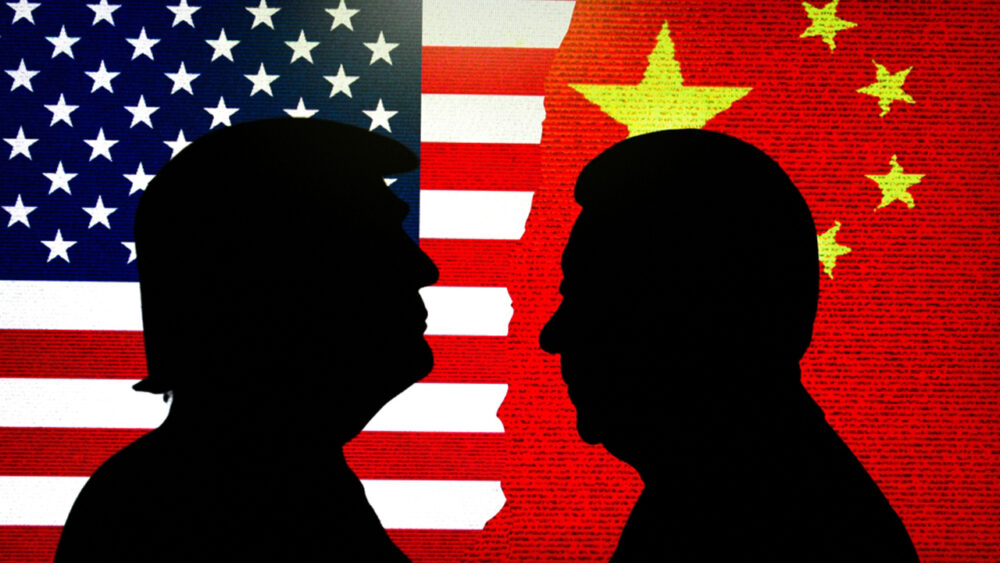President Donald Trump and Chinese President Xi Jinping struck a sweeping trade and economic agreement this week, halting fentanyl precursor shipments to the United States, reopening Chinese markets to American agriculture, and lifting restrictions on critical minerals vital to U.S. manufacturing.
The White House described the deal as a “massive victory” that rebalances trade while addressing long-standing national security and supply-chain vulnerabilities. Analysts say it could mark a turning point in U.S.–China economic relations after years of escalating tariffs and export controls.
What’s in the Agreement
According to a White House fact sheet released November 1, 2025, the deal includes several major provisions:
-
Fentanyl Controls: China will halt shipments of designated chemicals used in fentanyl production to North America and strengthen export oversight worldwide.
China first placed all fentanyl-related substances under national control in 2019, according to the United Nations Office on Drugs and Crime (UNODC), but enforcement was inconsistent in subsequent years. -
Critical Minerals: Beijing will suspend export controls on rare earths, gallium, germanium, antimony, and graphite through general licenses — effectively removing restrictions imposed between 2022 and 2025.
-
Agricultural Purchases: China committed to buying 12 million metric tons of U.S. soybeans in 2025 and 25 million tons annually from 2026 through 2028. It will also resume imports of corn, sorghum, poultry, and dairy while lifting retaliatory tariffs on a range of U.S. farm goods.
-
Tariff Adjustments: The United States will lower tariffs on Chinese imports by 10 percentage points beginning November 10 and maintain the current 10% reciprocal rate while suspending additional increases until late 2026.
-
Industrial and Tech Measures: Both sides will suspend investigations and sanctions targeting each other’s semiconductor and shipping industries to restore commercial trade flows.
From Confrontation to Cooperation
The agreement effectively reverses a trade standoff that began in October, when Beijing imposed sweeping export restrictions on rare-earth minerals and the U.S. countered with a 100 percent tariff threat — as The Dallas Express previously reported.
Those measures had raised concerns among Texas manufacturers — particularly in the semiconductor and defense sectors — that depend on rare earth elements. The new deal’s removal of those restrictions could ease costs for companies across electronics, energy, and aerospace supply chains.
According to the U.S. Geological Survey, China accounts for roughly 70% of global rare-earth production and nearly 90% of processing capacity.
What Happens Next
Trade observers say the key test will be implementation and enforcement.
- U.S. officials will monitor China’s new chemical-control procedures to determine whether fentanyl precursor exports truly decline.
- Manufacturers will watch for confirmation that rare-earth shipments resume under the promised general licenses.
- Farmers will gauge whether Beijing fulfills its multiyear soybean-purchase commitments.
If both sides follow through, the agreement could reduce trade friction and support supply-chain stability heading into 2026.
The agreement could also ripple through Texas’s fast-growing artificial-intelligence and semiconductor industries.
As The Dallas Express recently reported, OpenAI’s ChatGPT Atlas browser runs on Microsoft’s Azure data center in San Antonio, part of a surge in energy-hungry AI infrastructure across the state. Rare-earth materials such as gallium and germanium are essential for chipmaking and high-performance computing.
With Beijing lifting export controls on those materials, analysts say Texas could see reduced costs and fewer supply bottlenecks for AI hardware — though the energy demands of that boom remain a challenge.
A Broader Strategy
The deal capped Trump’s Asia tour, which also produced new frameworks for trade and energy cooperation with Japan, Vietnam, Malaysia, and South Korea.
Administration officials said the series of agreements represents a coordinated push to rebuild U.S. industrial capacity and reduce reliance on adversarial supply chains.
China’s compliance will determine whether this becomes the first sustained thaw in U.S.–China relations since the 2019 trade war — or another short-lived truce in an ongoing economic rivalry.


